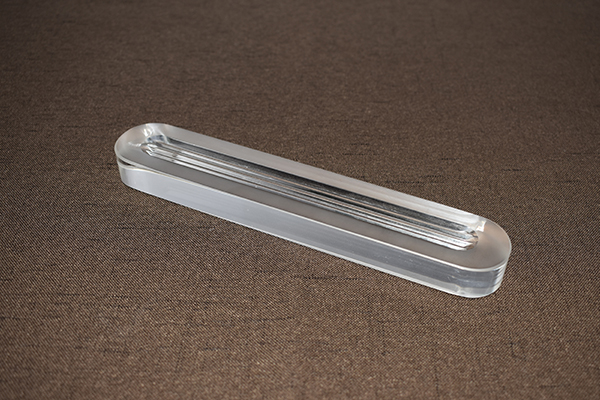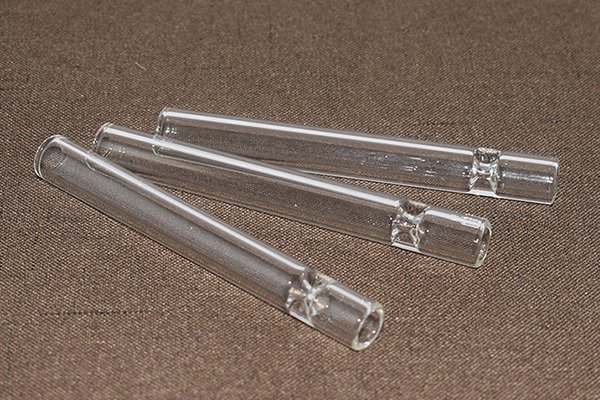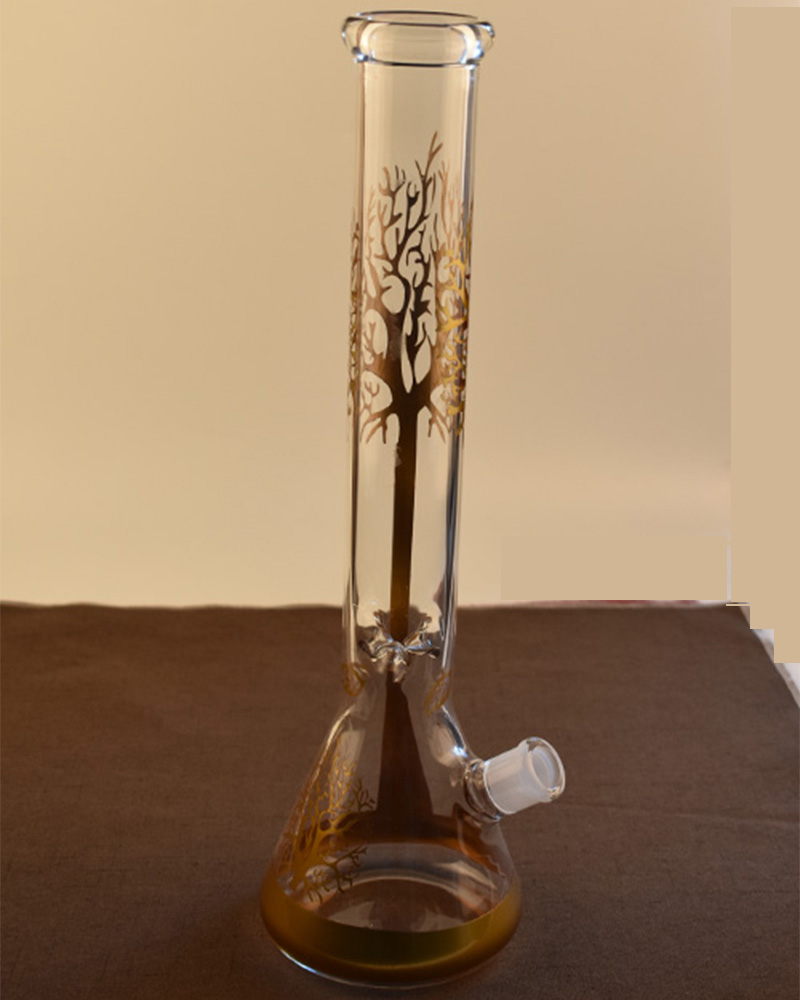News Detail
Production Process of Borosilicate Glass: From Raw Materials to Finished Products
Borosilicate glass, known for its exceptional thermal resistance and chemical stability, undergoes a precise manufacturing process to ensure consistent quality and performance. Below is an overview of the typical production workflow.
1. Raw Material Selection
The primary ingredients include:
-
Silica (SiO₂): Provides structural strength and transparency.
-
Boron Oxide (B₂O₃): Lowers the thermal expansion coefficient.
-
Alumina (Al₂O₃): Enhances durability and chemical resistance.
-
Alkali and Alkaline Earth Oxides: Used in controlled amounts to adjust melting properties.
2. Batching and Mixing
All raw materials are carefully weighed and mixed to achieve precise proportions. Uniform blending is essential to guarantee consistent physical and chemical properties in the final glass.
3. Melting
The mixture is melted in a high-temperature furnace at around 1,600°C. The furnace atmosphere is strictly controlled to prevent impurities. During this stage, raw materials react and form a homogenous molten glass.
4. Refining and Homogenization
The molten glass undergoes refining to remove air bubbles and ensure uniform density. Stirring mechanisms may be used to improve homogeneity, crucial for optical and laboratory-grade applications.
5. Forming
Depending on the application, molten borosilicate glass is shaped through different methods:
-
Tube Drawing: For laboratory glassware, pipes, and industrial sight glasses.
-
Pressing or Blowing: For containers, bottles, and specialized components.
-
Rolling or Casting: For flat sheets used in solar panels or architectural glass.
6. Annealing
Formed glass is gradually cooled in an annealing lehr to relieve internal stresses. This step ensures durability and prevents cracking during later use.
7. Cutting and Finishing
The annealed glass is cut, ground, and polished as required. Additional treatments such as tempering, coating, or chemical strengthening may be applied for specific industrial applications.
Conclusion
The production of borosilicate glass is a highly controlled process, combining precise raw material selection, high-temperature melting, and careful forming and finishing. This ensures the final product delivers outstanding thermal stability, chemical durability, and long-term performance across industries.



